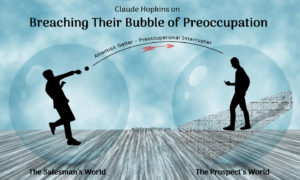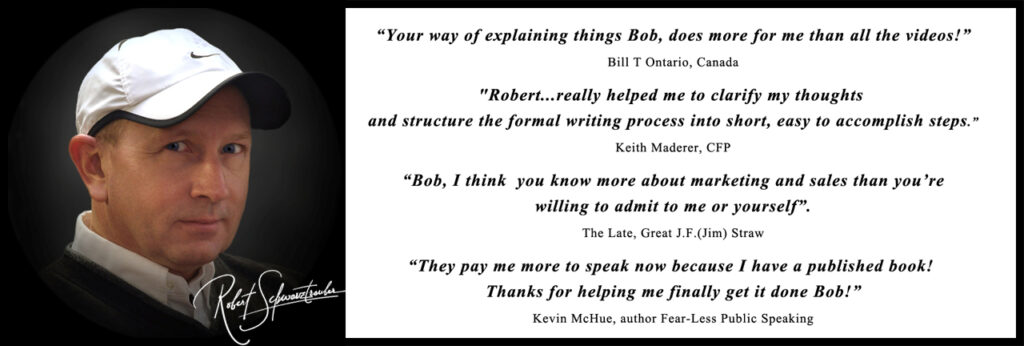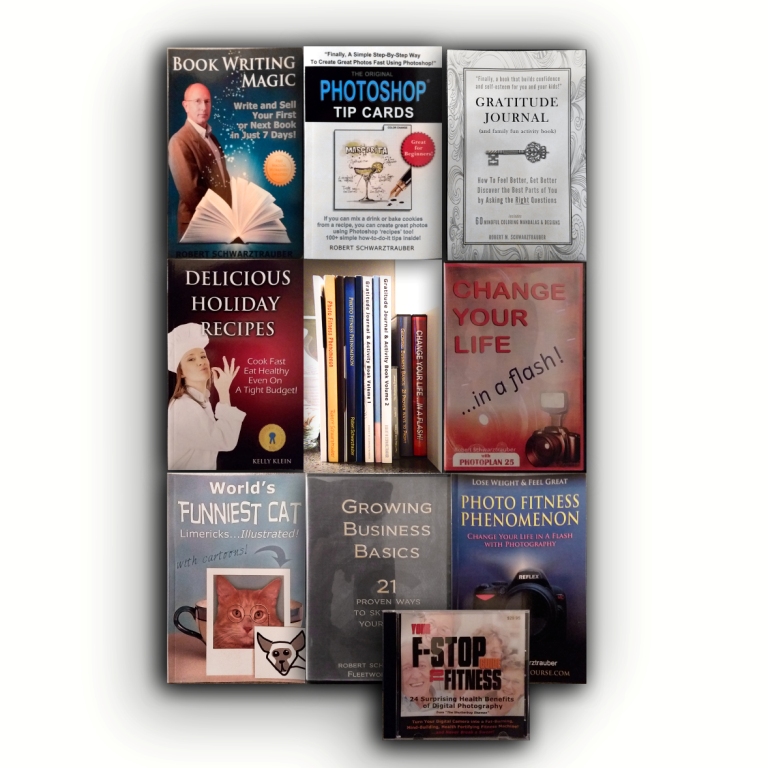The 10 Commandments of Attention-Grabbing Marketing from Claude Hopkins
Claude Hopkins is considered the pioneer of direct response marketing and advertising. Living in the early 20th century, his principles and approach forever changed how brands connect with consumers.
Many smart, modern marketers look to Hopkins’ teachings even today (as they should) for guidance on crafting compelling campaigns. Specifically on the critical task of capturing audience attention in the current Tsunami of advertising noise.
Here are 10 key attention-grabbing marketing lessons from Hopkins that every copywriter or marketer can profit from:
1. Understand Your Customer Through Research
Hopkins emphasized truly knowing your customer. He conducted in-depth interviews and surveys long before market research became an industry standard. Hopkins said,
“To advertise blindly, without knowing your prospects’ minds, likes and dislikes, is like firing into a fog at sparrows.”
The Copywriter’s Persuasion Toolkit lets you research every detail about your prospect in less than 30 minutes while organizing that research into templates proven to speed and improve your copywriting.
2. Feature Benefits Over Features
Hopkins spoke to customer benefits and avoided generic features. As he put it: “People do not buy from business concerns, they buy from other people.” Focus on how your product improves their life. Even deeper, focus on how your prospect will FEEL once you’ve solved their problem or satisfied their desire. Paint a word picture of their new life.
The Copywriter’s Persuasion Toolkit quickly shows you the right words to use which grab their attention and ignite their buying hot buttons. Use the toolkit to quickly and effectively gain your prospect attention by penetrating their Bubble of Preoccupation.
3. Be Concrete and Specific
Hopkins avoided superlatives and encouraged specificity in copy. Don’t claim “the best salsa.” State “made with ripe California tomatoes” so readers can envision and relate to your message. About shaving cream, “He said, “Multiplies itself in lather 250 times.” “Softens the beard in one minute.” “Maintains its creamy fullness for ten minutes on the face.” Specific claims sway decisions. Specifically define the final result acheived.
4. Appeal to Self-Interest
Hopkins said people think of themselves first when making purchase decisions. Frame your copy around how you satisfy the customer, not how great your product is. Talk to individual self-interest.
Claude cautions,
“Remember, the people you address are selfish, as we all are. They care nothing about your interests or profit. They seek service for themselves. Ignoring this fact is a common mistake and a costly mistake in advertising”
5. Share Testimonials from Satisfied Customers
Hopkins relied heavily on testimony from happy customers in his copy. Humans find endorsements from other people far more persuasive than company claims about their own greatness.
One of my favorite testimonials received was:
“Bob, your way of explaining things does more for me than all the videos!” – Bill T., Ontario, CA.
6. Use Reason-Why Copy and Tell a Story
Logical appeals work for Hopkins, but only as part of a compelling story. He led readers through narratives aligned to his reasoned arguments. Stories allow readers to feel personally invested. We are trained from childhood to be attentive to stories, just like the bedtime stories our folks used to read us. All Disney movies are crafted from stories, because they get our attention, hold it, and secretly deliver a message designed to influence behavior.
7. Use Simple, Direct Language
Fancy words didn’t impress Hopkins, but clarity did. He wrote conversational copy focused on being simple, brief and transparent so readers could easily grasp key messages. Famed copywriter, John Carlton advises to imagine you’re sitting at a bar or a coffee shop with someone having a chat. How would you say it? Then write it that way too.
8. Offer a Strong Guarantee
Hopkins reduced risk by backing claims with a guarantee. He didn’t view guarantees as costs or liabilities, but as advertising to gain more sales through increased consumer confidence. Many recent studies have shown that the longer the guarantee, the LESS likely folks are to take advantage of them and return things.
9. Lead with a Striking Headline and Strong Hook
Hopkins put enormous importance on eye-catching headlines and introductions filled with drama. His opening lines grabbed attention in clever ways before drawing readers into the full story.
5 of Claude Hopkins’ Most Famous Headlines
- “They Laughed When I Sat Down at the Piano… But When I Started to Play!” (Headlines for pianos course ads)
- “Stop That Awful Pounding!” (For a headache remedy product called Acetylsalicylic Acid, later branded as Aspirin)
- “Whiter Teeth or Money Back” (Introducing Pepsodent toothpaste)
- “Skin Like a Baby’s” (For a face cream named Ponds)
- “Largest Sale of Women’s Fine Shoes Ever Known” (Run for John Wanamaker department store)
10. Test and Measure Results
Unlike the Mad Men days of advertising, Hopkins measured what worked based on sales results. He changed copy and offers quickly to maximize outcomes from all marketing investments. Only results (sales, leads, etc.) matter. Not open rates, views, likes, followers, etc.
In conclusion...
Claude Hopkins wrote his principles many decades ago, but human psychology has not changed much since then.
His rules for attention-grabbing marketing copy serve as an excellent model for today’s copywriters, online content marketers, and digital advertisers.
Test his methods for yourself and watch as engagement and response soar. Just remember, there is no “set it and forget it.” Continually research customers, evaluate performance and evolve campaigns.
As top copywriter Drayton Bird advised in the last post, “One word changed, in one ad, could be the difference between wild success or utter failure.”
Test. Test. Test.
To read the full text of Claude Hopkins famous book, “Scientific Advertising” written in 1923 (as every aspiring copywriter and pro should) you can search for the pdf file online. Alternatively, here is a recent link that has worked for me:
https://www.scientificadvertising.com/ScientificAdvertising.pdf
Sell. Sell. Sell.
Hope that helps.
How else can I help you?
– Robert Schwarztrauber
P.S. If you enjoyed this blast of wisdom from the past with Claude Hopkins, you’ll love all the other old-timer’s advice that’s included with the Copywriter’s Persuasion Toolkit. The gift that keeps on giving is on sale now at: https://robertreports.gumroad.com/l/copywriters-toolkit/ or https://writeforwealthclub.com/copywriterstoolkit/




